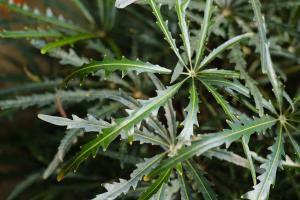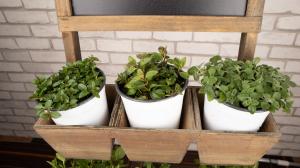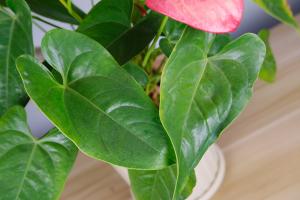Introduction
Tomato plants are popular garden plants, but they can be difficult to transplant. Many gardeners have experienced the disappointment of watching their healthy tomato plant wilt and die after transplanting. In this article, we will explore the reasons why tomato plants wilt after transplant and provide tips on how to prevent it from happening.
Reasons for Tomato Plant Wilt After Transplant
Transplanting is a stressful process for plants, and tomato plants are no exception. The following are some of the reasons why tomato plants wilt after transplant:
Root Damage: During the transplanting process, the delicate roots of the tomato plant can become damaged. This can result in a lack of water and nutrients that are essential for the plant's survival.
Water Stress: After transplant, the tomato plant may not receive enough water or may receive too much water. Both conditions can cause the plant to wilt and die.
Temperature Shock: If the temperature is too hot or too cold, the tomato plant may go into shock and wilt.
Disease and Pest Infestation: Tomato plants that are stressed from transplanting are more susceptible to disease and pest infestations. This can lead to wilt and even death of the plant.
Preventing Tomato Plant Wilt After Transplant
While it is difficult to entirely prevent tomato plant wilt after transplant, there are steps you can take to reduce the risk.
Prepare the Soil: Before transplanting, make sure the soil is prepared by adding compost and other organic matter. This will create a favorable environment for the tomato plant's root system.
Transplant at the Right Time: Tomato plants should be transplanted when they are small and have not yet developed a large root system. This will reduce the risk of root damage during transplant.
Water Properly: After transplant, water the tomato plant regularly and monitor the soil moisture. Do not overwater or underwater the plant.
Protect from Temperature Fluctuations: Provide shade or cover for the tomato plant during extreme temperature fluctuations. This will reduce the risk of temperature shock.
Monitor for Disease and Pests: Keep a close eye on your tomato plants for signs of disease or pest infestations. Early detection can help prevent the spread of disease and save your plants.
Conclusion
Tomato plant wilt after transplant can be a frustrating experience for gardeners. However, by understanding the reasons for wilt and taking steps to prevent it, you can increase the chances of a successful transplant. Remember to take care of your tomato plants during the transplanting process and monitor them regularly for signs of stress, disease, and pest infestations. With a little bit of care, your tomato plants can thrive and produce a bountiful harvest.

 how many times do yo...
how many times do yo... how many planted tre...
how many planted tre... how many pine trees ...
how many pine trees ... how many pecan trees...
how many pecan trees... how many plants comp...
how many plants comp... how many plants can ...
how many plants can ... how many plants and ...
how many plants and ... how many pepper plan...
how many pepper plan...































